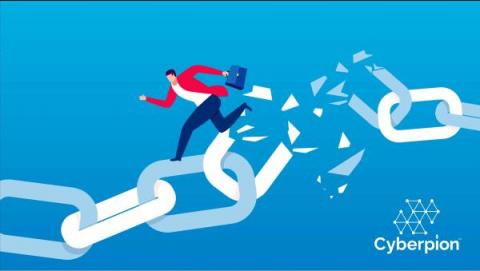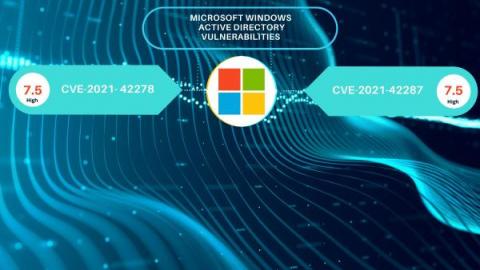Digital Attack Surface - The Top 7 Vulnerabilities You Need to Know
In the past, the attack surface was defined and protected by the boundaries of the organization’s physical network (aka the LAN). Using physical security methods, firewalls, and careful monitoring, organizations kept their data, endpoints, and networks secure. The entire attack surface was internal, within a well-defined and fortified perimeter.











